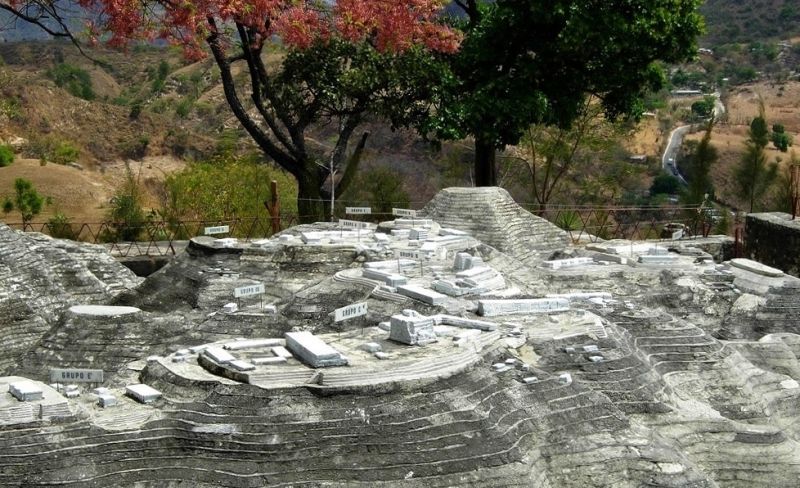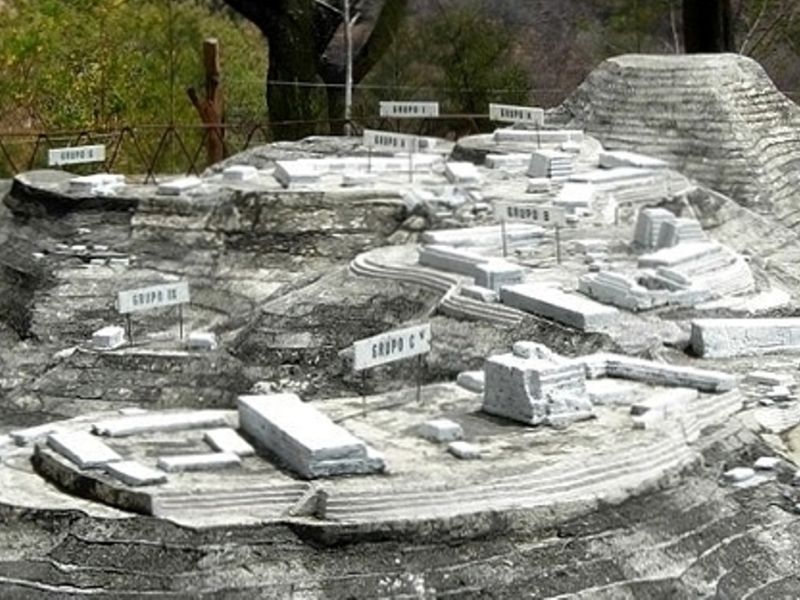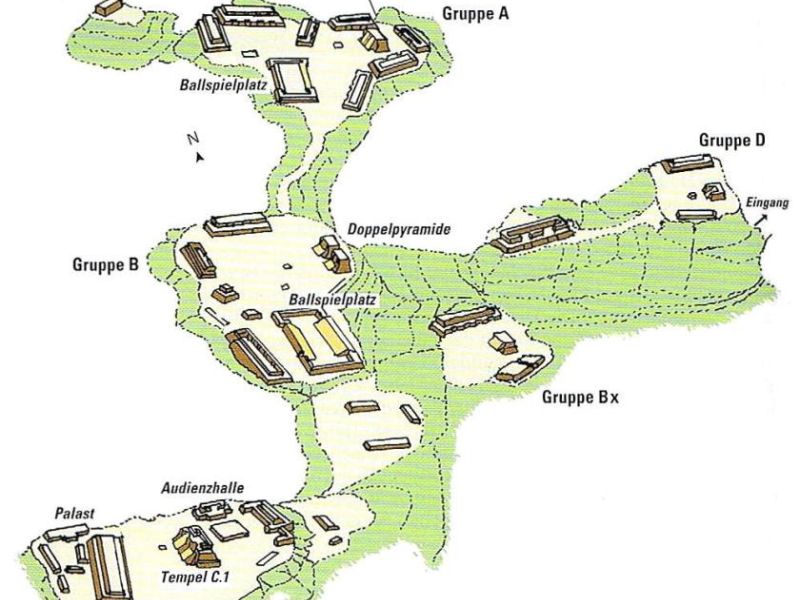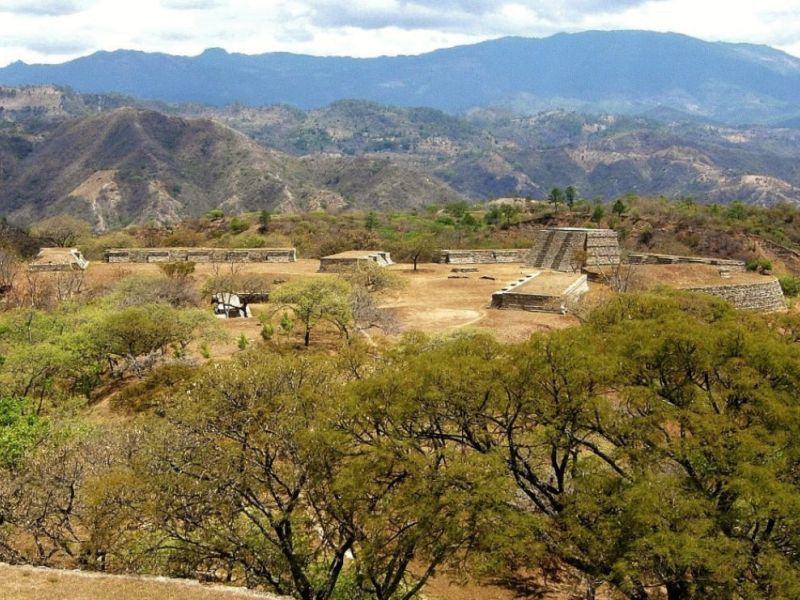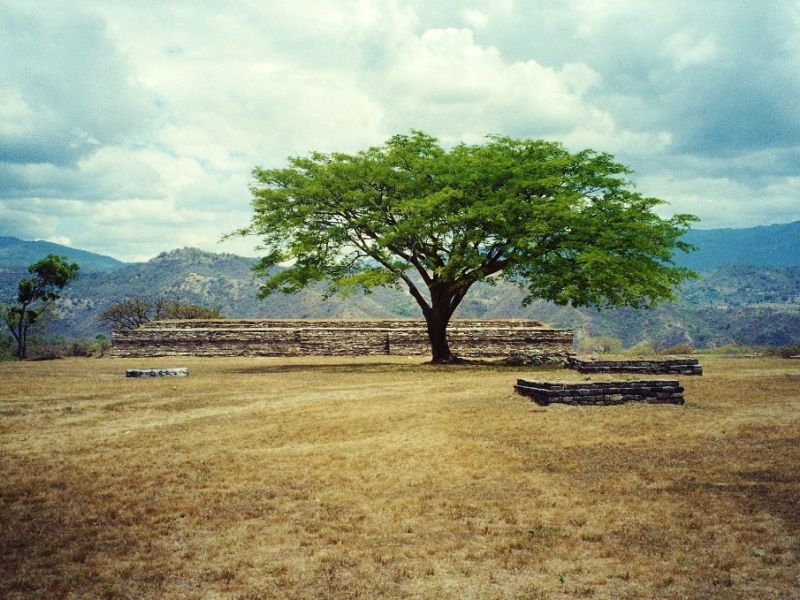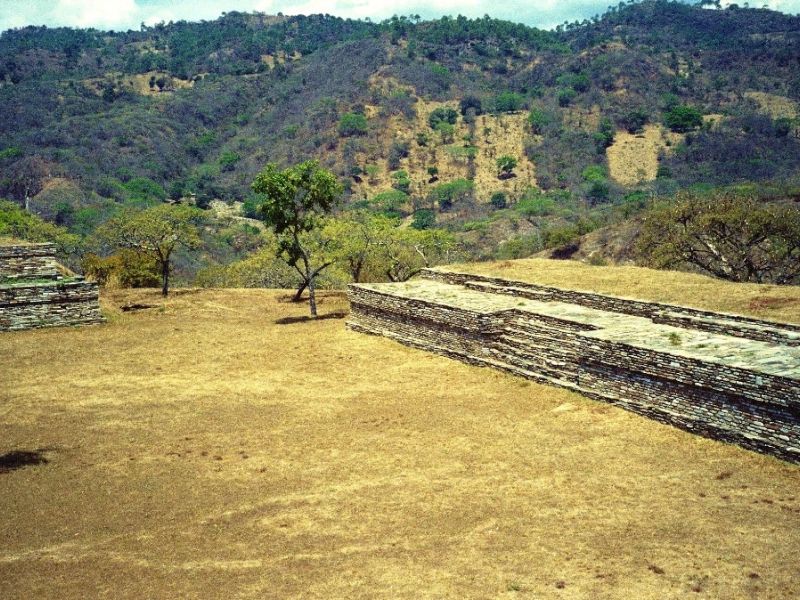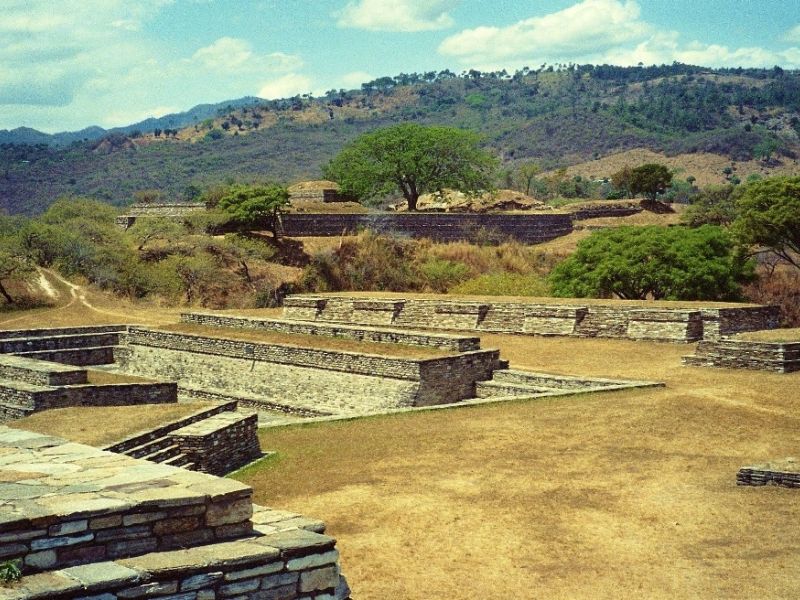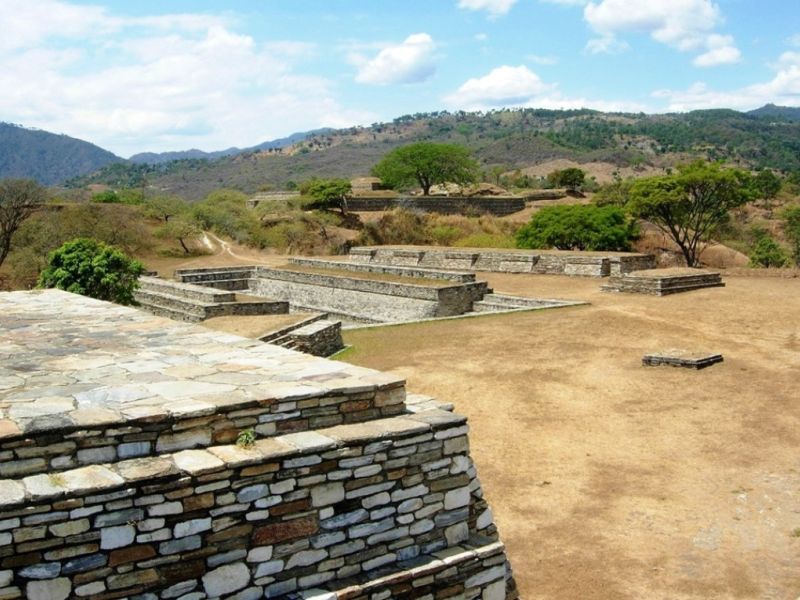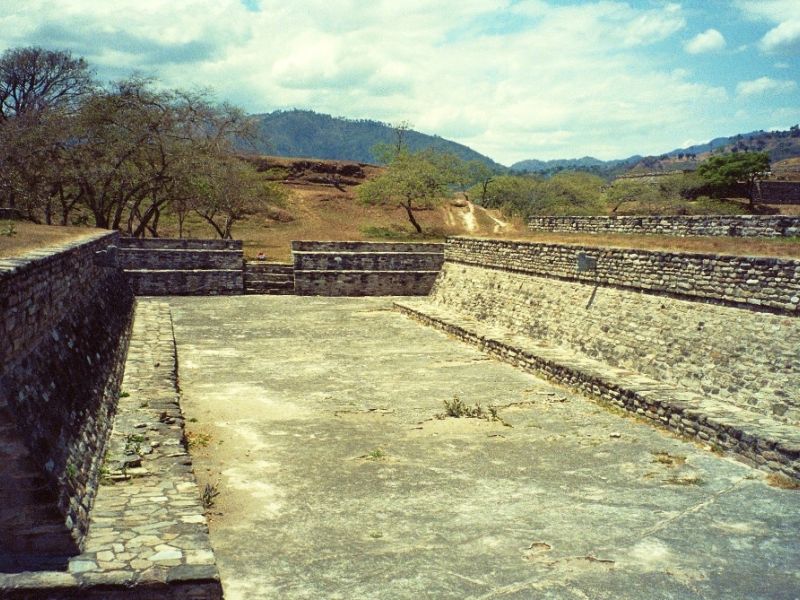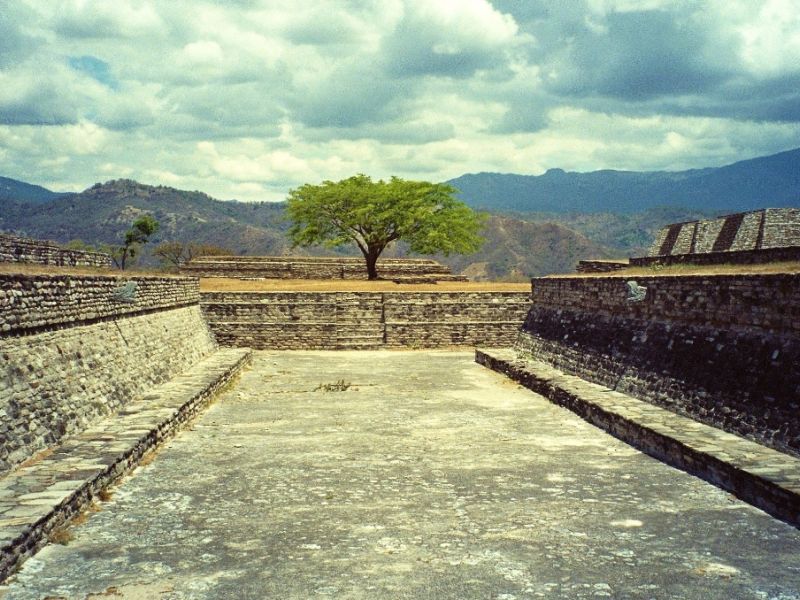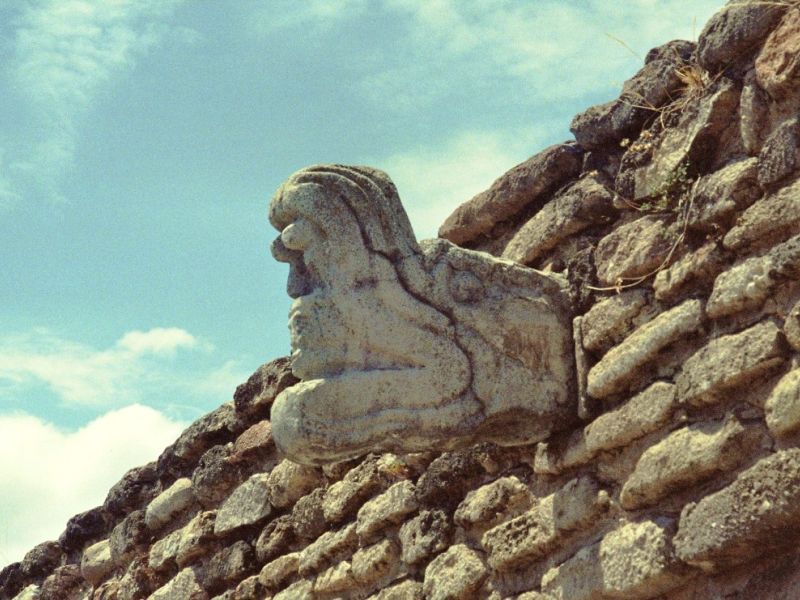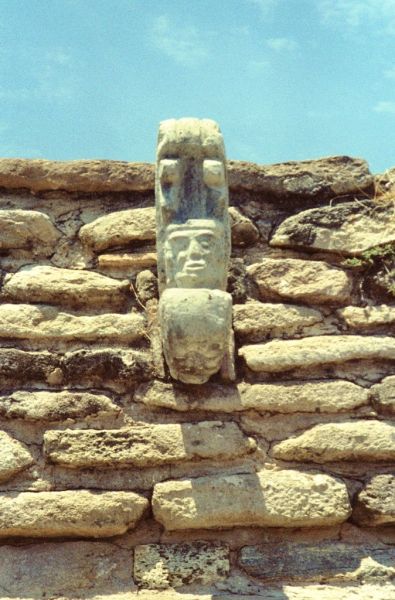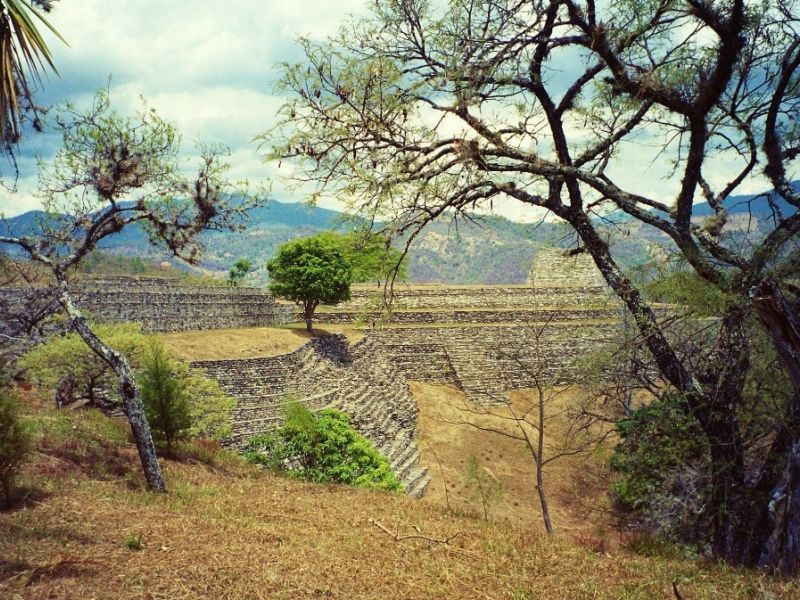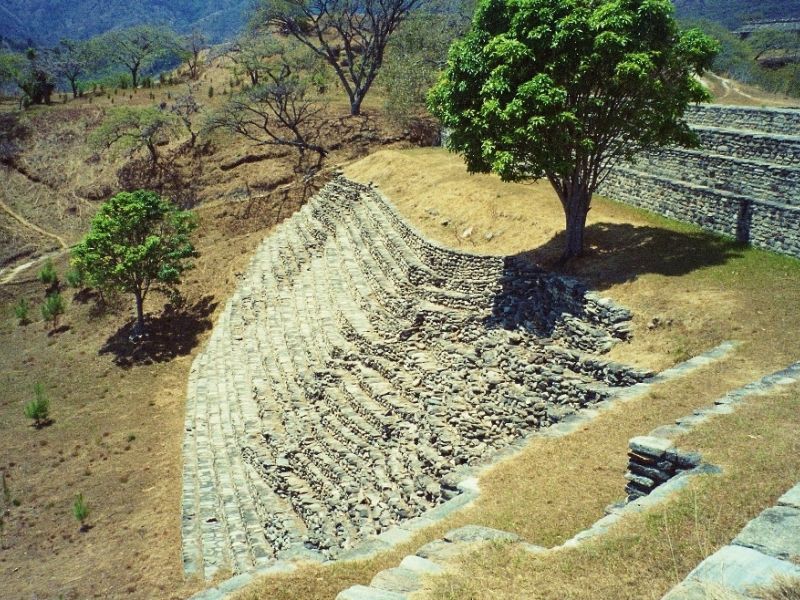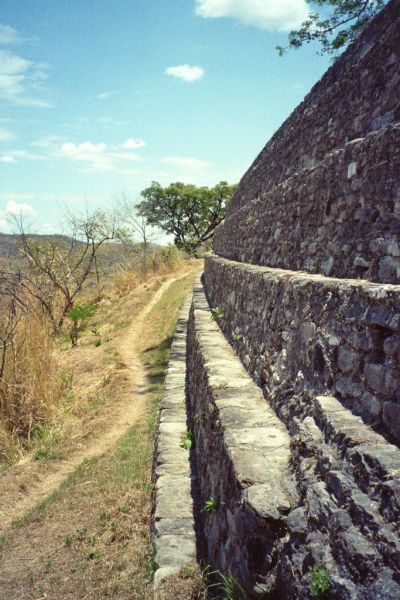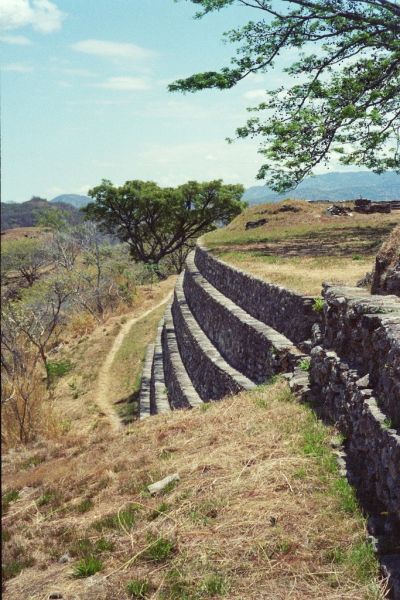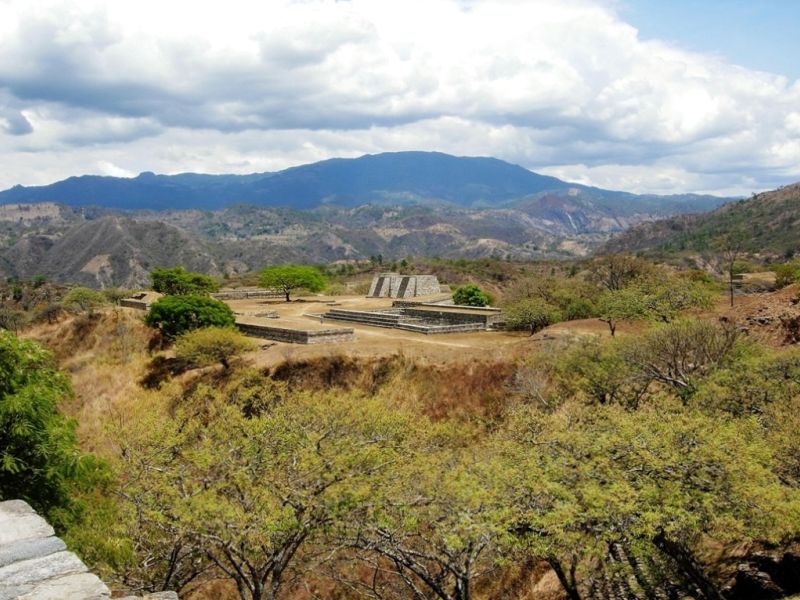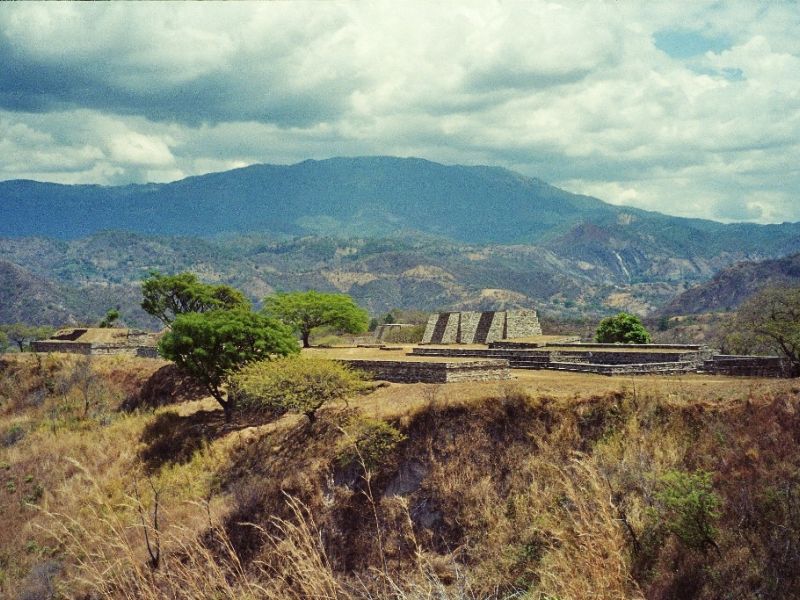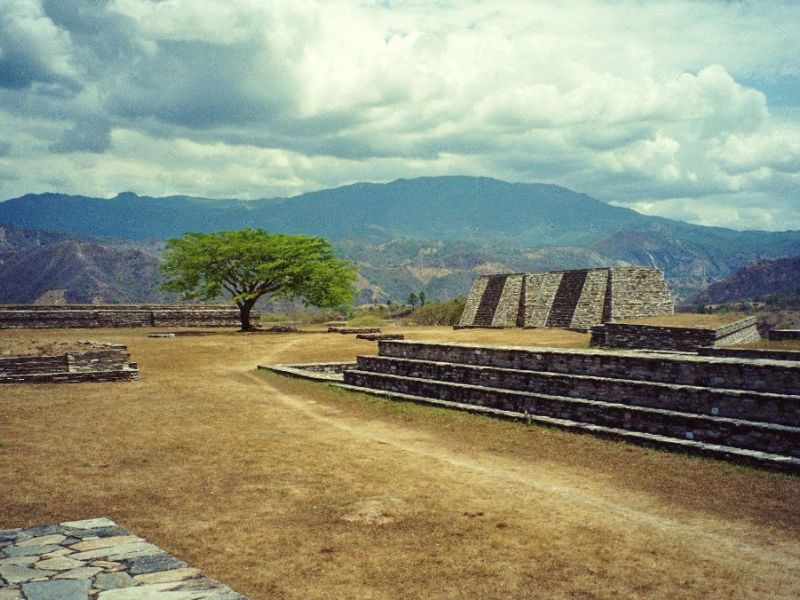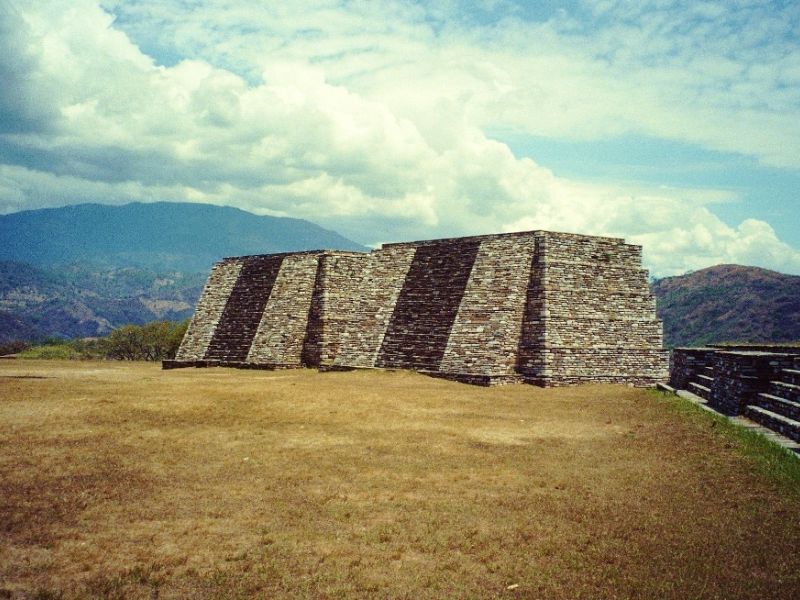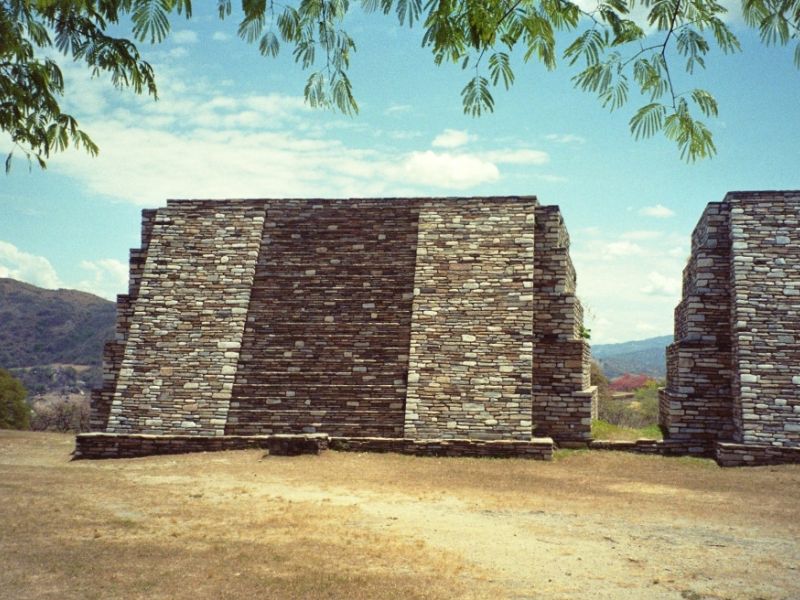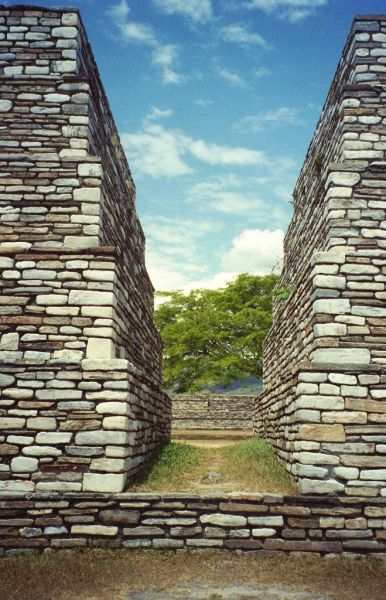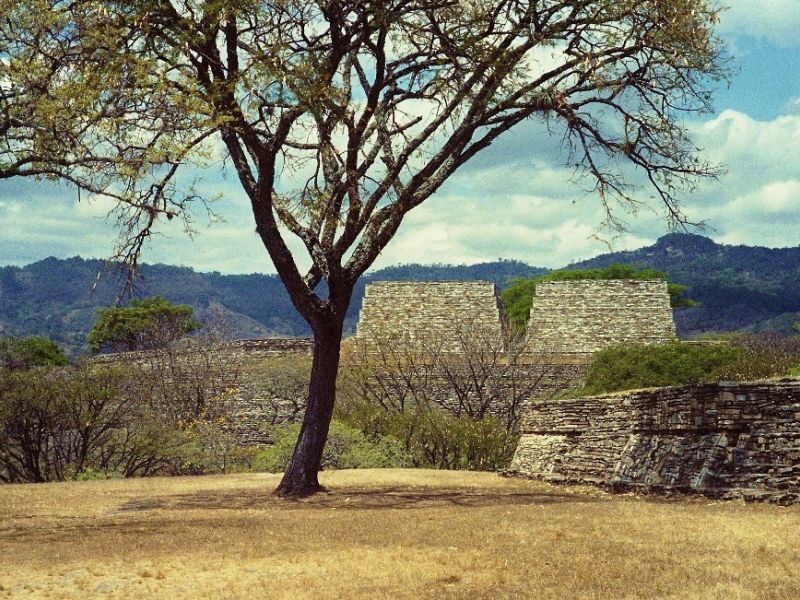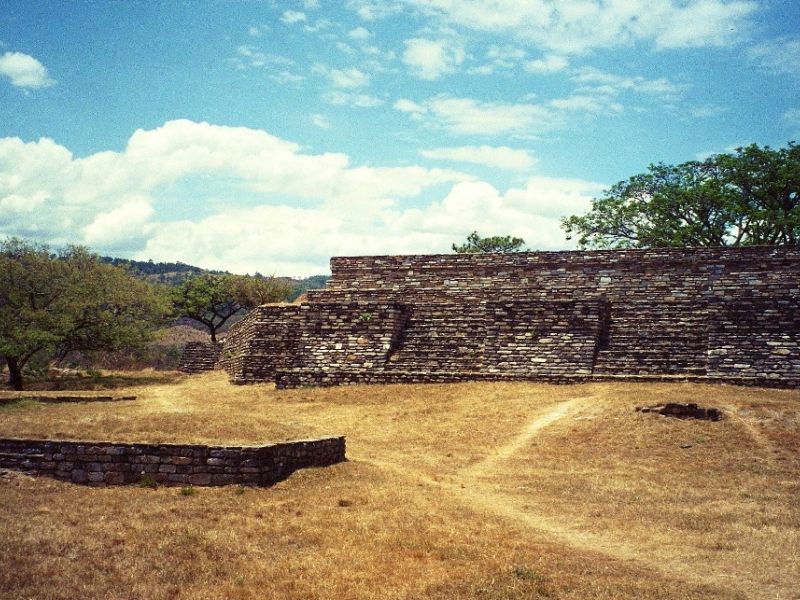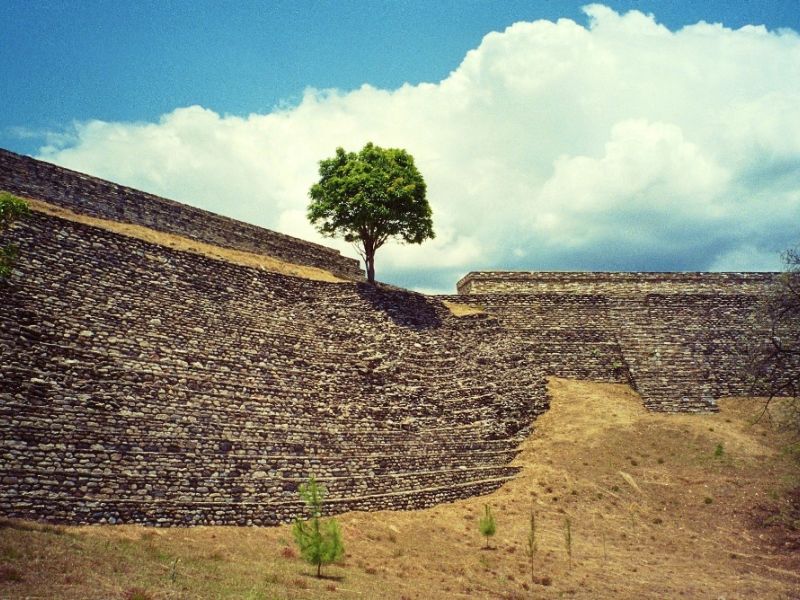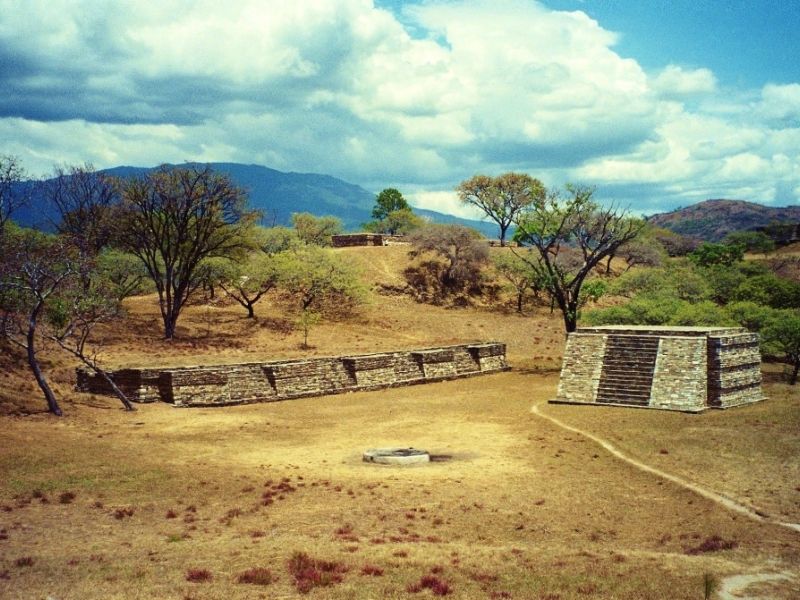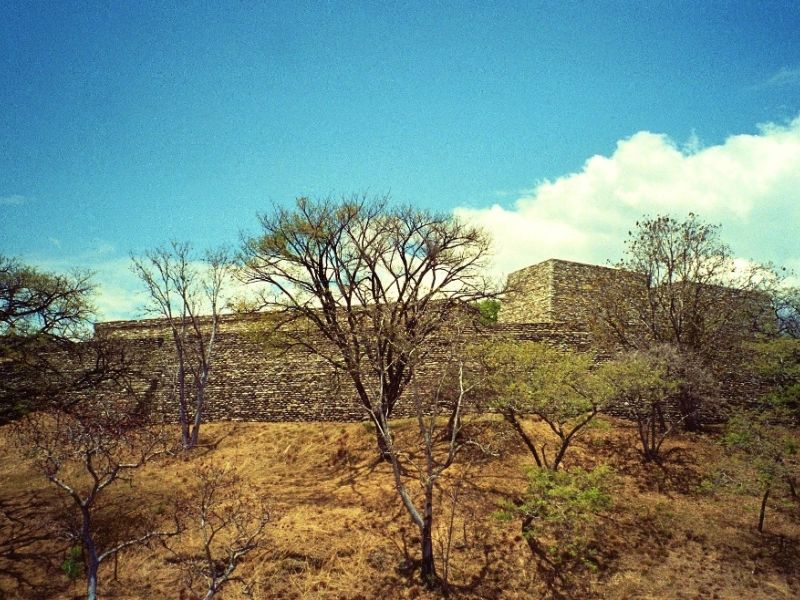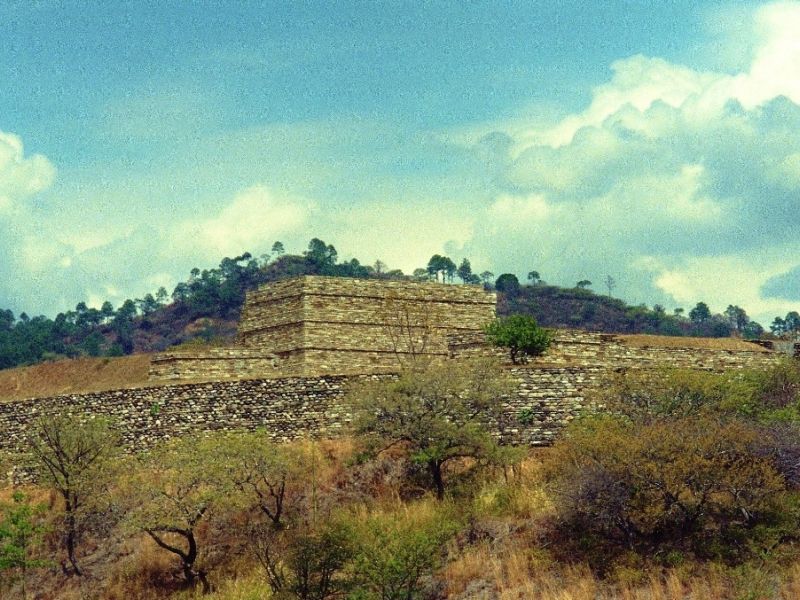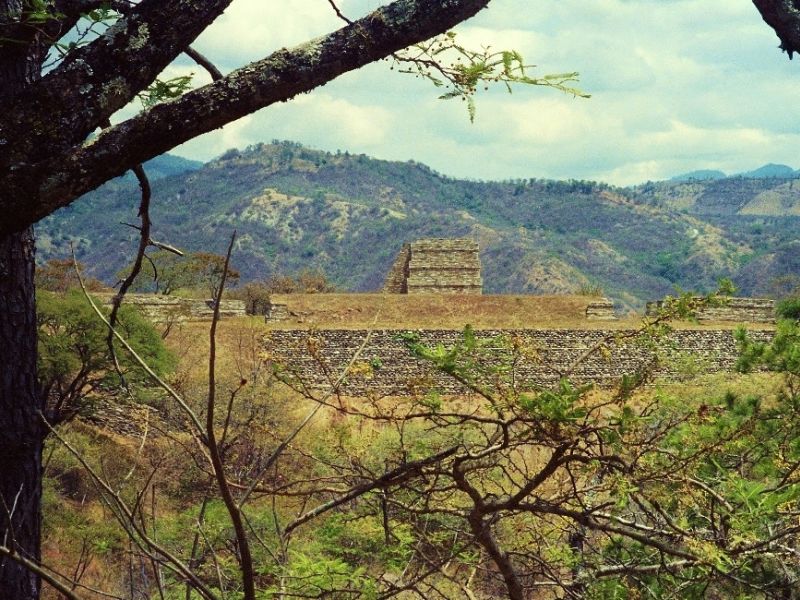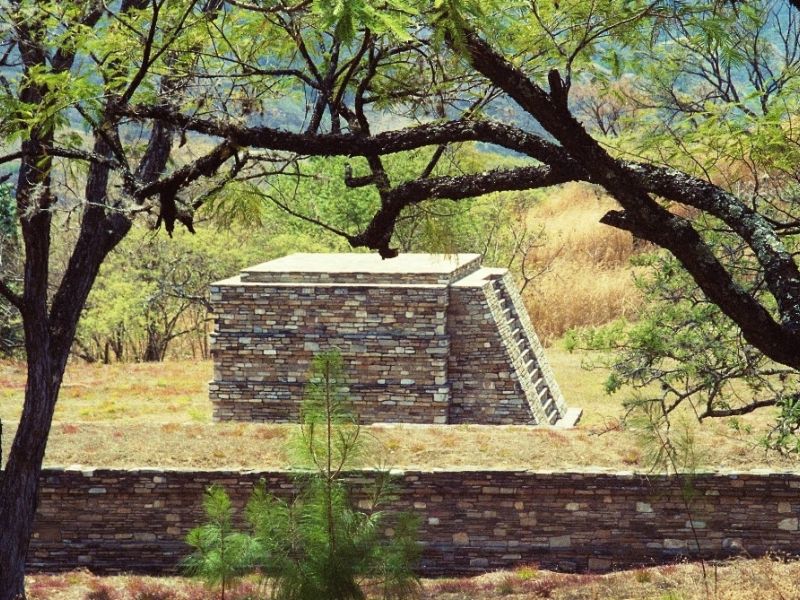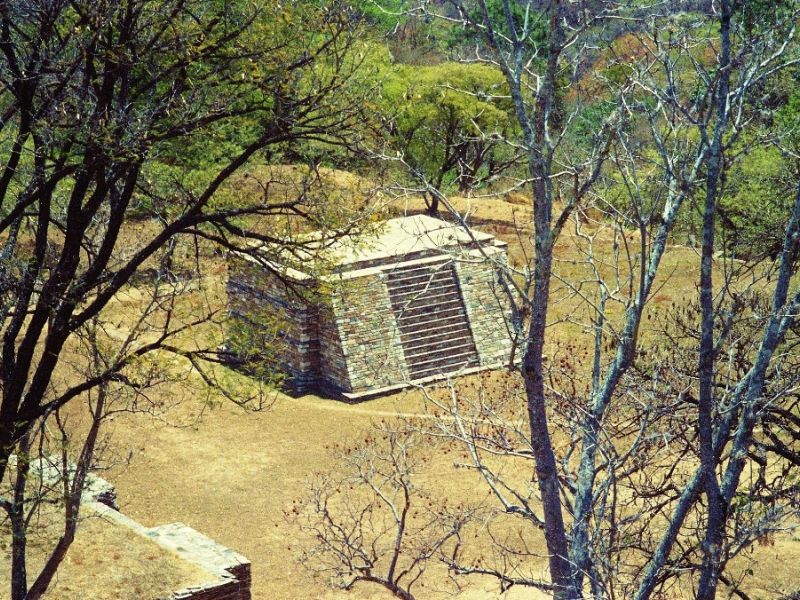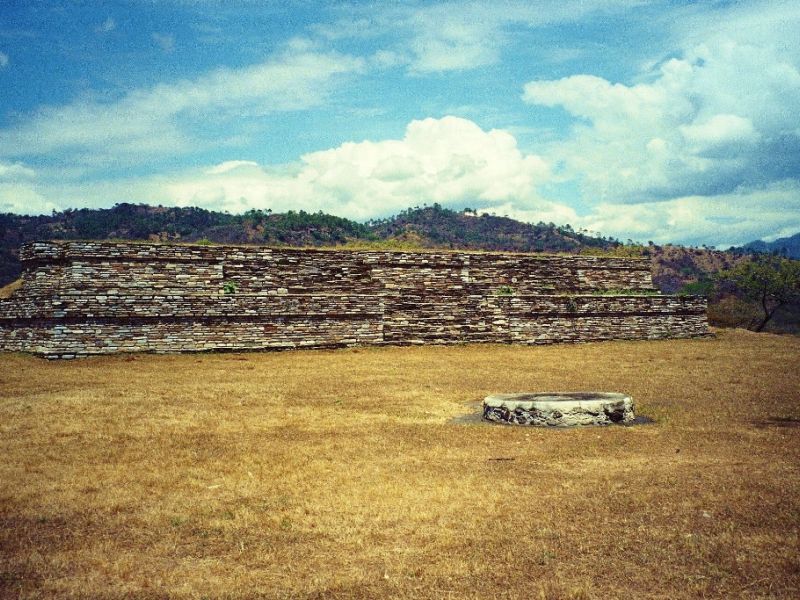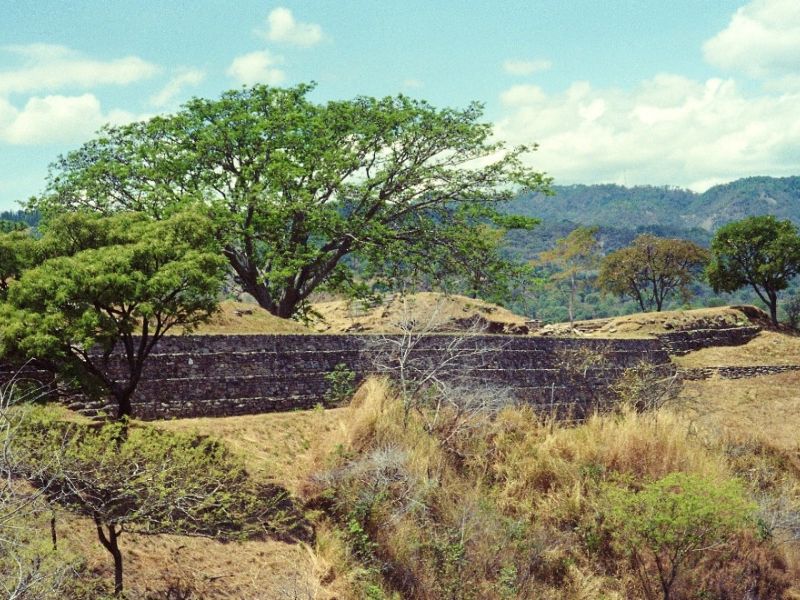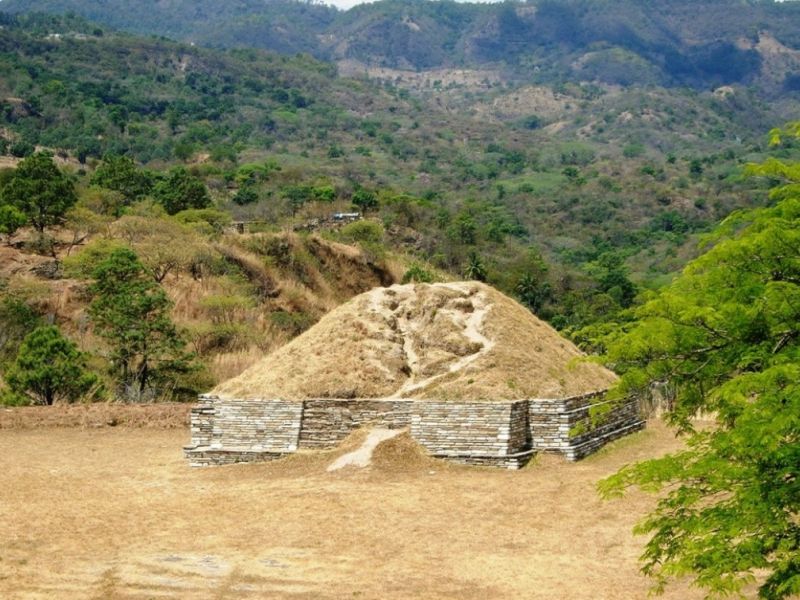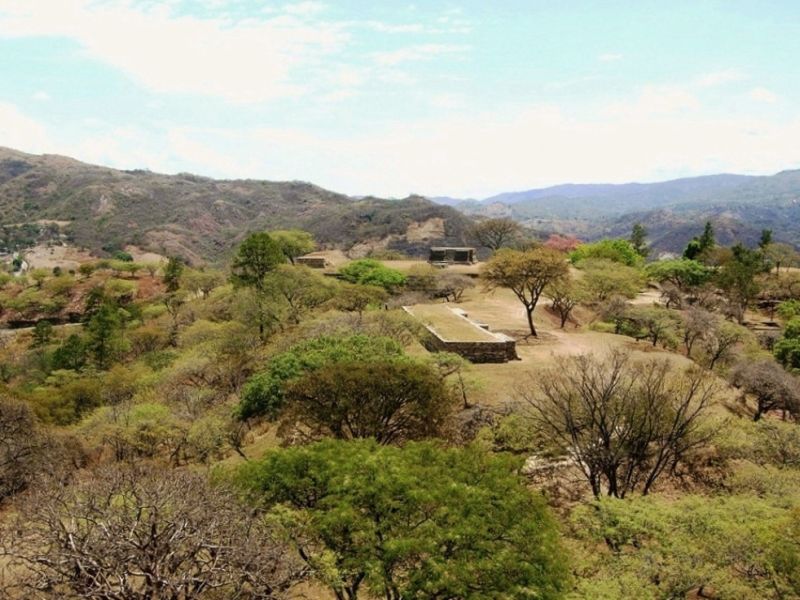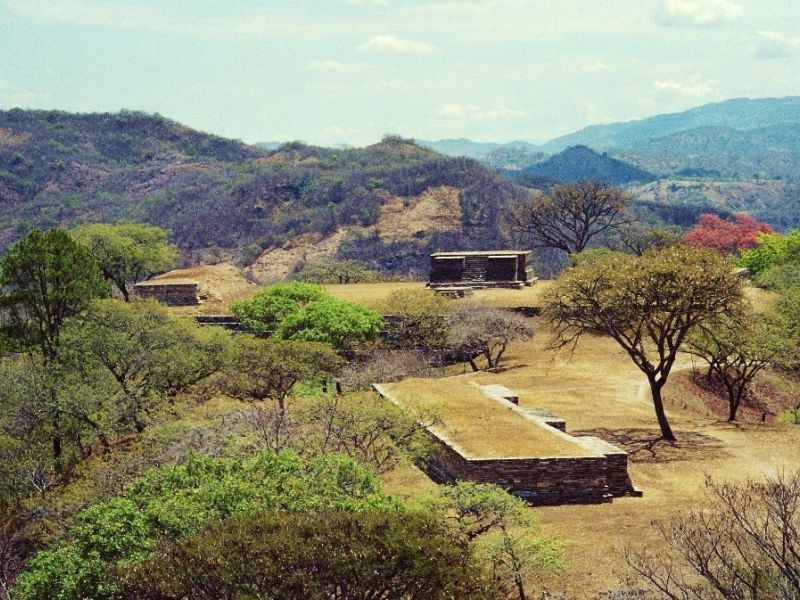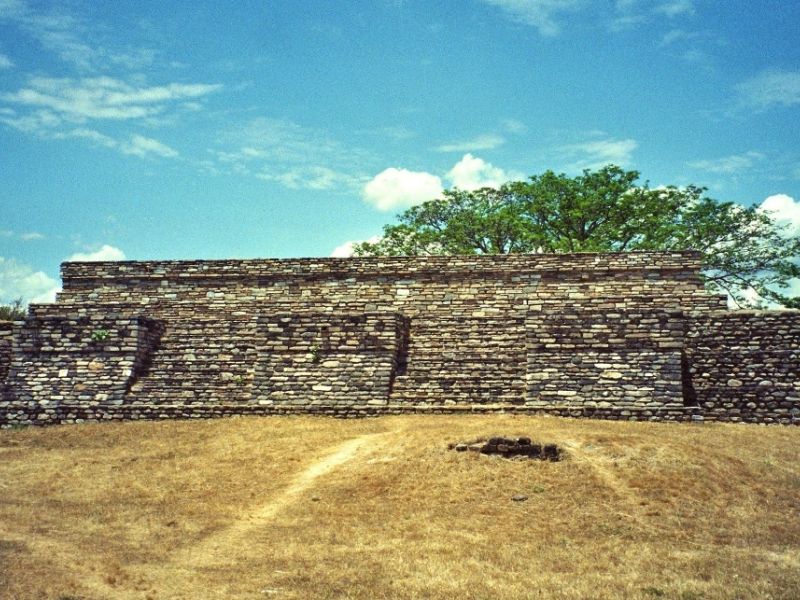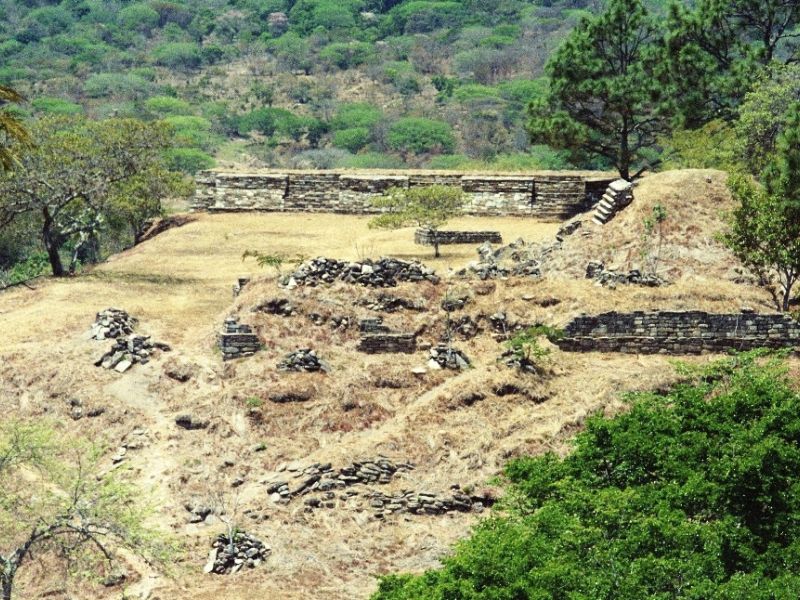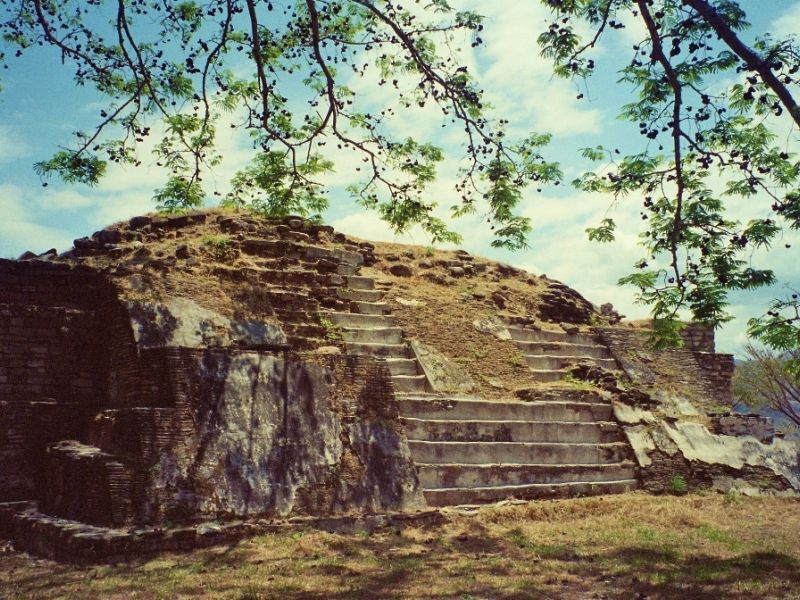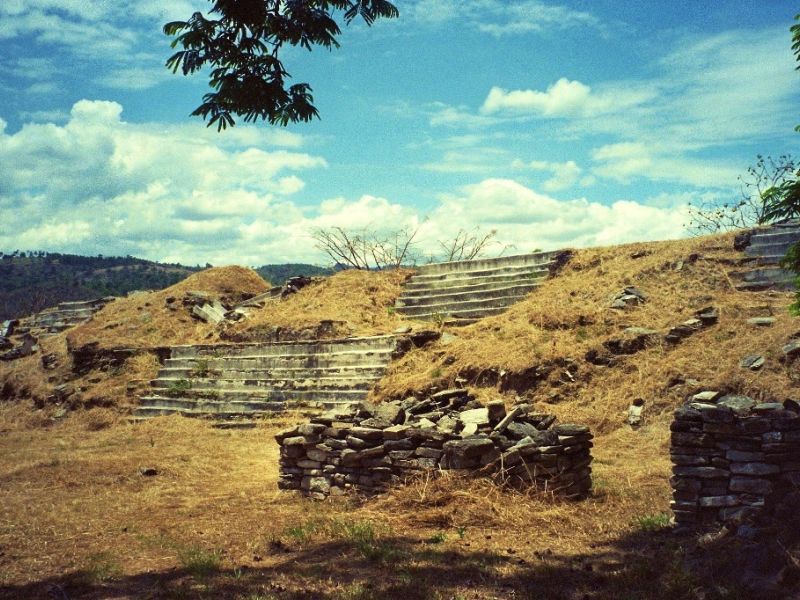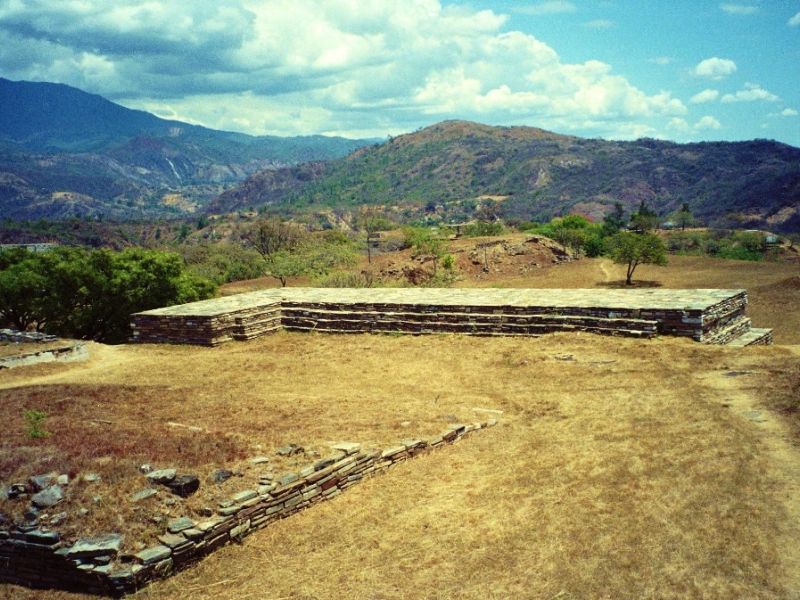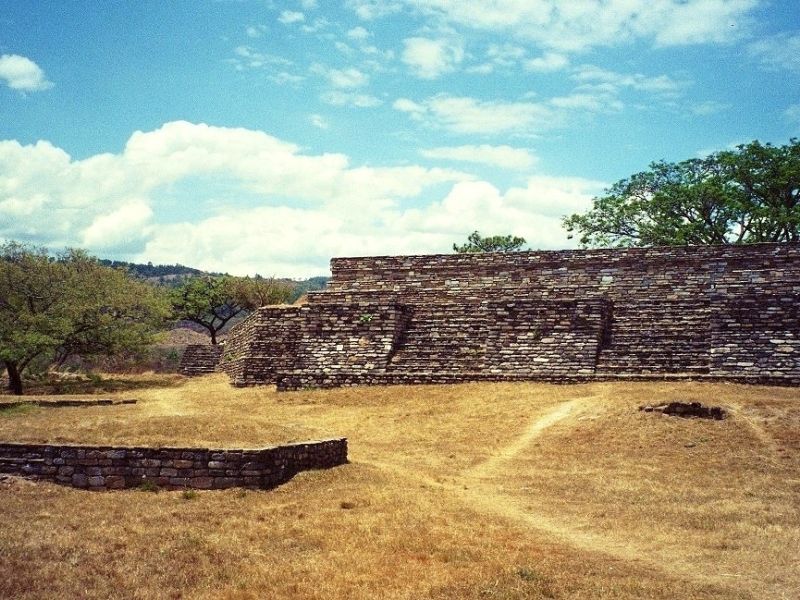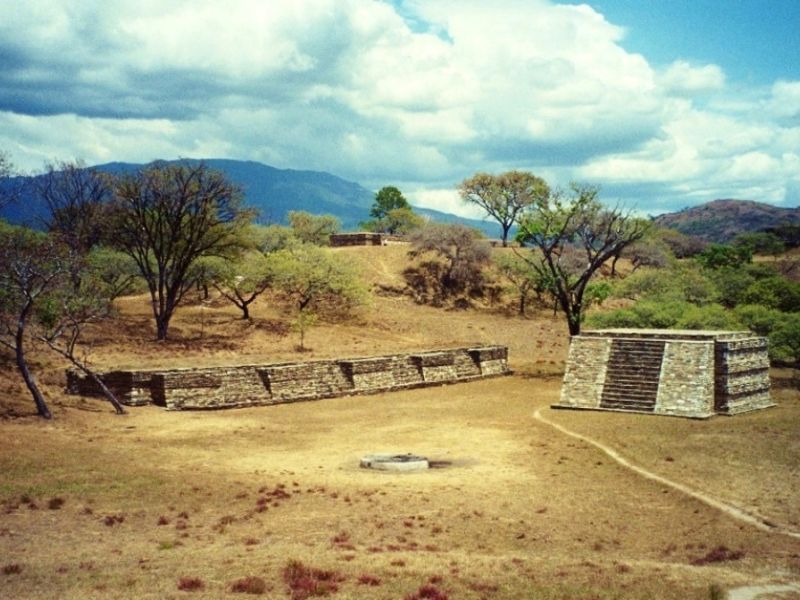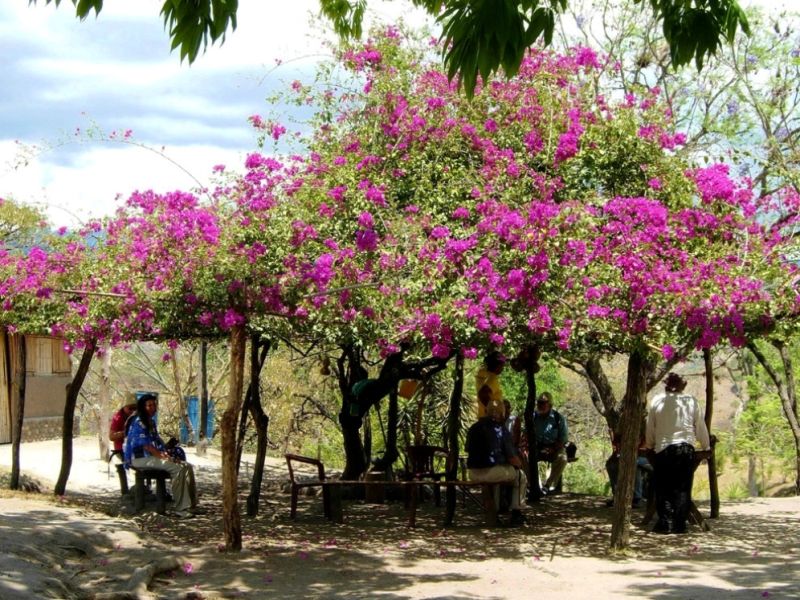











































Two "Mixco Viejo"
The name "Mixco Viejo" (Old Mixco) is often used for two sites, although archaeologically they have been separated as follows since around 2006:
1. Mixco Viejo (Chinautla Viejo)
The capital of the kingdom of the Poqomam Maya, which was attacked and conquered by Spanish conquistadors in 1525. There are some ruins near the capital Guatemala City.
2. Mixco Viejo (Jilotepeque Viejo)
The capital of the Kaqchikel-speaking Chajoma Maya is located around 50 kilometers north of Guatemala City and was founded around 1450.
Mixco Viejo (Jilotepeque Viejo) was described as the Pocomames Maya capital until around 2006, but is now classified as the capital of the Kaqchikel (also Cakchiquel)-speaking Chajoma Maya. For this reason, the Mixco Viejo archaeological site was renamed Jilotepeque Viejo. Jilotepeque Viejo was smaller than the other Mixco Viejo and probably only had between 1450 and 1600 inhabitants.
The photos show the well-known Mixco Viejo Jilotepeque Viejo archaeological site
This town was supposedly known to the Chajoma Maya (akajal vinak from the Pop Wuj / Popol Vuh) under various names:
Saqik'ajol Kaqapek,
Chuapec Kekacajol Nima Abaj,
Chuwa Pek Q'eqak'ajol Nima Ab'aj ("Great Stone in front of the Cave of the Night Children"),
Zakicajol,
Nimcakajpec.
Known rulers:
Lajuj No'j 1450–1480 other names: Ichalkan Chi Kumkwat, Ychal Amollac Chicumcuat
Achi Q'alel early 16th cent.
Around 1450, the Chajoma, under the leadership of their king Lajuj No'j, moved from Ochal to Mixco Viejo (Jilotepeque Viejo) to make their capital more inaccessible to their hostile neighbors. Nevertheless, Iximche defeated the Chajoma and Jilotepeque Viejo was subordinated to the Kaqchikel kingdom. Groups C and E show the influence of the Kaqchikel in their architectural style, while groups A and B show a purer Chajoma architectural style. Both ball courts appear to have been remodeled in the Kaqchikel fashion, with thick layers of stucco.
Around the 13th century, Group A underwent a major remodeling in which a new retaining wall was built and the 12 m wide area between the old and new walls was filled in, creating a much larger terrace for the construction of the group's architecture. Based on the possession of two ball courts, it is possible that Jilotepeque Viejo served as a regional center for Mesoamerican ball games during the Postclassic period; no other Postclassic ball court has been identified in the vicinity of San Martín Jilotepeque, although three of four ball courts from the Classic period appear to have continued in use elsewhere. Shortly before the Spanish conquest, the Chajoma under their prince Achi Q'alel rebelled against the Kaqchikels of Iximche.
It is possible that the Chajoma of Mixco Viejo (Jilotepeque Viejo) initially allied themselves with the Spanish and the Kaqchikel kingdom of Iximche and also rebelled against the Spanish in 1524. It is known that when the lords of Iximche broke their alliance with the conquerors, they sought refuge in Jilotepeque. The village was abandoned after the Spanish conquest and the inhabitants were relocated to San Martín Jilotepeque by the Spanish, after which the area was never repopulated.
Jilotepeque Viejo is open to the public and has a small museum. On June 12, 1970, the Guatemala Ministerio de Educación protected this site as an archaeological zone with Ministerial Accord 1210.
